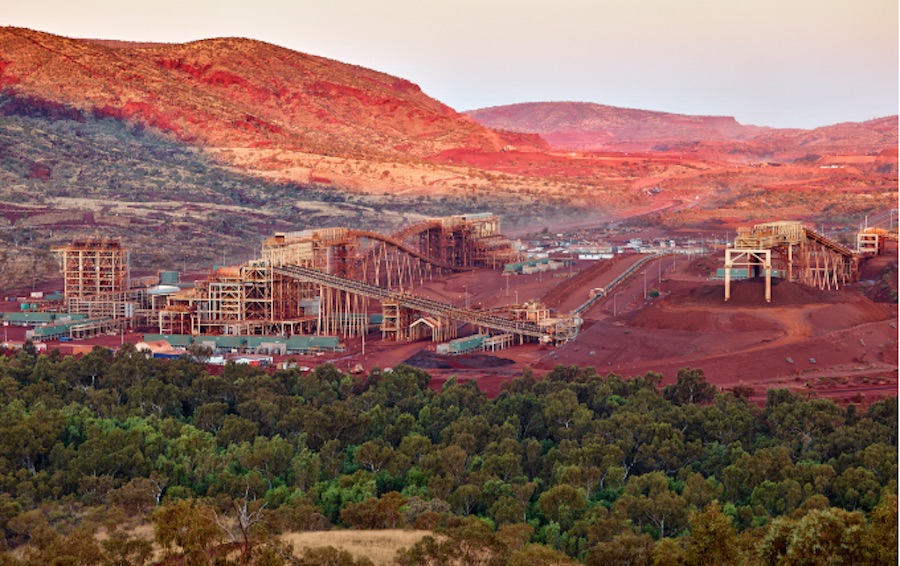Solomon gets green light for 3-fold expansion

The last thing the iron ore market needs is more production, but the company behind the expansion of a major iron ore hub in Western Australia claims it has no plans to increase ore output. Yet.
The country’s Environmental Protection Authority has sanctioned a three-fold expansion of Fortescue Metals Group’s (ASX:FMG) Solomon Hub, which comprises the Firetail and Kings producing mines. Together, Firetail and Kings have an annual production capacity in excess of 70Mt. The Solomon Hub made #6 on MINING.com’s World Top 10 Iron Mines in 2015.
“The company has no current plans to increase production from the Solomon Hub.”
Fortescue CEO Andrew Forrest famously called for a cap on iron ore production when the price of the steelmaking ingredient plumbed $55 a tonne lows in 2015, and has criticized top iron miners Rio Tinto (LON,NYSE:RIO) and BHP Billiton (NYSE,ASX:BHP) for trying to squeeze smaller players like Fortescue out by keeping production high, thus suppressing the price.
But according to a post in today’s Guardian, the company has no plans to ramp up production, even though documents from the EPA application allow it to grow output by 80 million tonnes a year.
“Fortescue began seeking regulatory approval for sustaining production at Solomon several years ago as a procedural measure to achieve the necessary permits for ongoing mining operations,” an FMG spokesman told the newspaper. “The company has no current plans to increase production from the Solomon Hub.”
While that seems a little hard to believe, what is more certain is that the environmental approval will turn up the volume on opposition against growing the mine. The area to be cleared for the expansion totals just over 12,000 hectares of native vegetation, which is double the footprint of the existing mine. But it gets worse for pro-mining advocates. Six hectares that would be bulldozed for mining purposes is currently habitat for two endangered species – the northern quoll and Pilbara leaf-nosed bat – along with the Pilbara olive python, which is considered vulnerable. State authorities have also raised concerns over the need for a new field of water bores, which could reduce the flows into nearby Hamersley Gorge by 12%.
The EPA has imposed 19 conditions on the proposed expansion, including management of flora and fauna, and prevention of groundwater contamination. The proposal still needs approval from state and federal environmental ministers. If it passes, the expansion will allow mining for the next 35 years.
{{ commodity.name }}
{{ post.title }}
{{ post.date }}

Comments